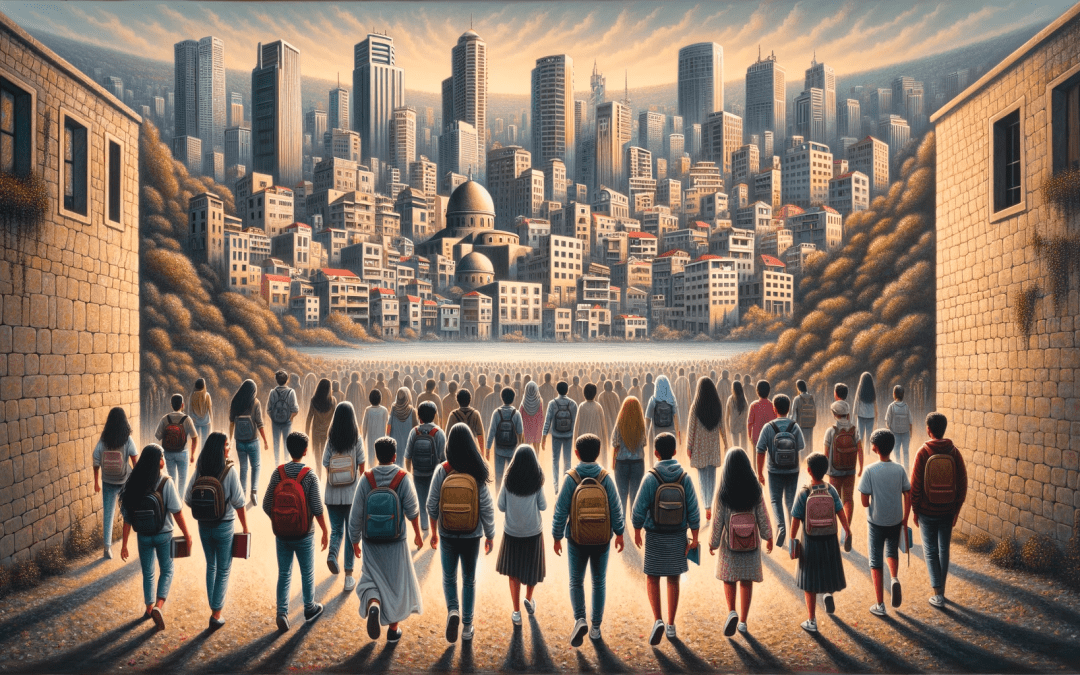
Educational Levels Of Lebanese Labor Force
In the heart of Lebanon, where the scent of history mingles with the bustling present, lies a narrative etched with resilience and aspirations. It’s a tale of the Lebanese labor force, a mosaic of diverse talents, aspirations, and educational backgrounds. Amidst the picturesque streets and vibrant markets, the educational landscape weaves a complex tapestry. Statistics reveal a poignant truth: three-quarters of working males navigate the intricacies of the professional realm armed with only basic education. This staggering statistic echoes the challenges and triumphs ingrained in the Lebanese society. Ali, a young man with dreams as expansive as the Mediterranean horizon, represents the embodiment of this statistic. His days begin before the sun graces the sky, navigating the narrow alleys on his way to work. With only a basic education tucked under his arm, Ali immerses himself in the realm of hard work and determination. Ali’s father, a seasoned artisan, passed on his trade secrets and skills, shaping Ali’s destiny. In a country where craftsmanship is revered, Ali’s hands create wonders—meticulously sculpting wood into elegant furniture pieces that narrate tales of tradition and craftsmanship.

Despite the absence of advanced degrees, Ali’s dedication and craftsmanship propel him forward. His creations not only adorn the homes of locals but also catch the attention of discerning eyes in far-off lands. His mastery speaks volumes, transcending the barriers imposed by limited educational qualifications. Yet, amidst Ali’s success, there exists a palpable yearning for more. His gaze often lingers on the doors of higher education institutions, where he envisions a path to further honing his skills and expanding his horizons. However, the constraints of time and financial obligations serve as formidable barriers, casting a shadow on his aspirations. But amidst these challenges, solutions emerge. Accessible vocational programs begin to flourish, offering specialized training to bridge educational gaps. Scholarships tailored for skilled individuals like Ali emerge, alleviating financial barriers to higher education. Flexible learning opportunities surface, allowing working individuals to pursue education without compromising their livelihoods. Industry-academia collaborations create specialized programs, aligning education with market demands, enhancing employability. Community mentorship programs blossom, showcasing alternative pathways to success beyond traditional academia. Government initiatives incentivize businesses to invest in employee education, fostering growth.

Males in Labor force with basic education are 40% more than females
To give a specific example, It is clear that Zahle District has limited number of Universities, thus limited options to Students and most of the universities are in Zahle City.
#Sustainable_development_goals, #Education, #Zahle_district, #SDG_4, #SDG_10
